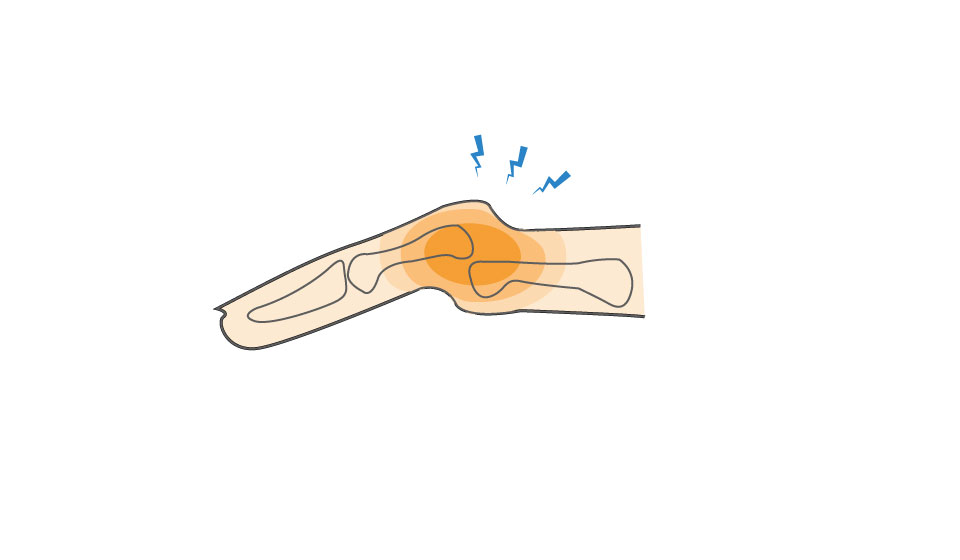A common injury among athletes is a dislocated finger. This injury happens when the bones in the finger get out of alignment, usually at the middle joint (proximal interphalangeal joint, or PIP joint) or at the base joint (metacarpophalangeal joint, or MCP joint) of the thumb. A dislocated finger is painful and requires medical treatment.
Finger Dislocation Causes, Symptoms & Treatment Options
A common injury among athletes is a dislocated finger. This injury happens when the bones in the finger get out of alignment, usually at the middle joint (proximal interphalangeal joint, or PIP joint) or at the base joint (metacarpophalangeal joint, or MCP joint) of the thumb.
Overview
Overview

What causes Finger Dislocation?
Finger dislocations commonly happen after a finger gets jammed or twisted. A finger dislocation can be caused by a blunt force, such as a fall or a ball jamming the finger.
Finger dislocations are most common in these sports:
• Basketball
• Football
• Baseball
• Lacrosse
• Rugby
Symptoms
The most common symptoms of a finger dislocation are pain and deformity of the affected joint. Other common symptoms include:
• Swelling and bruising (black and blue) around the joint
• The finger looking rotated or crooked (although sometimes the finger may not look deformed if it was put back into place on the field)
• Inability to bend or straighten finger
• Numbness
When to see a doctor
If you have symptoms of a finger dislocation, you should see your doctor or go to an emergency department right away. It’s important to seek medical attention as soon as possible if you suspect your finger may be dislocated. Delayed treatment can lead to permanent disability of the finger. Your doctor will conduct a physical examination to look for signs of injury. Fractures are often associated with a finger dislocation, so your doctor may order x-rays and other imaging tests to check for broken bones and damage to soft tissues.
Non-operative treatment
You should avoid trying to realign your injured finger yourself, as this can cause further damage. Since you may experience swelling, take off any rings to relieve pressure and get medical treatment as soon as possible. Dislocated fingers are usually treated without surgery. Your doctor will realign the bones in your finger. This procedure is called a reduction and could include the use of a local anesthetic to prevent pain. Conservative treatment typically involves:
• Wearing a splint to prevent your finger from moving
• Using buddy tape to attach your dislocated finger to an uninjured finger next to it
• Avoiding activity that can re-injure your finger
• Applying an ice pack to your finger
• Elevating your finger to help relieve swelling
• Taking a nonsteroidal anti-inflammatory drugs (NSAIDs), such as ibuprofen and naproxen, for pain relief
• Hand therapy to help regain motion
Try these exercises to help address your condition:
Below is a PDF of the exercise program.
Surgical Treatment
Most cases of a dislocated finger can be treated without surgery. However, if conservative treatments aren’t successful in stabilizing your finger, or if your injury caused a fracture, your doctor may recommend surgery. Your doctor can advise on whether surgery may be right for you.
Recovery
Generally, athletes can expect a return to play within a few weeks of their injury. It may take several months before pain and stiffness completely resolve.

